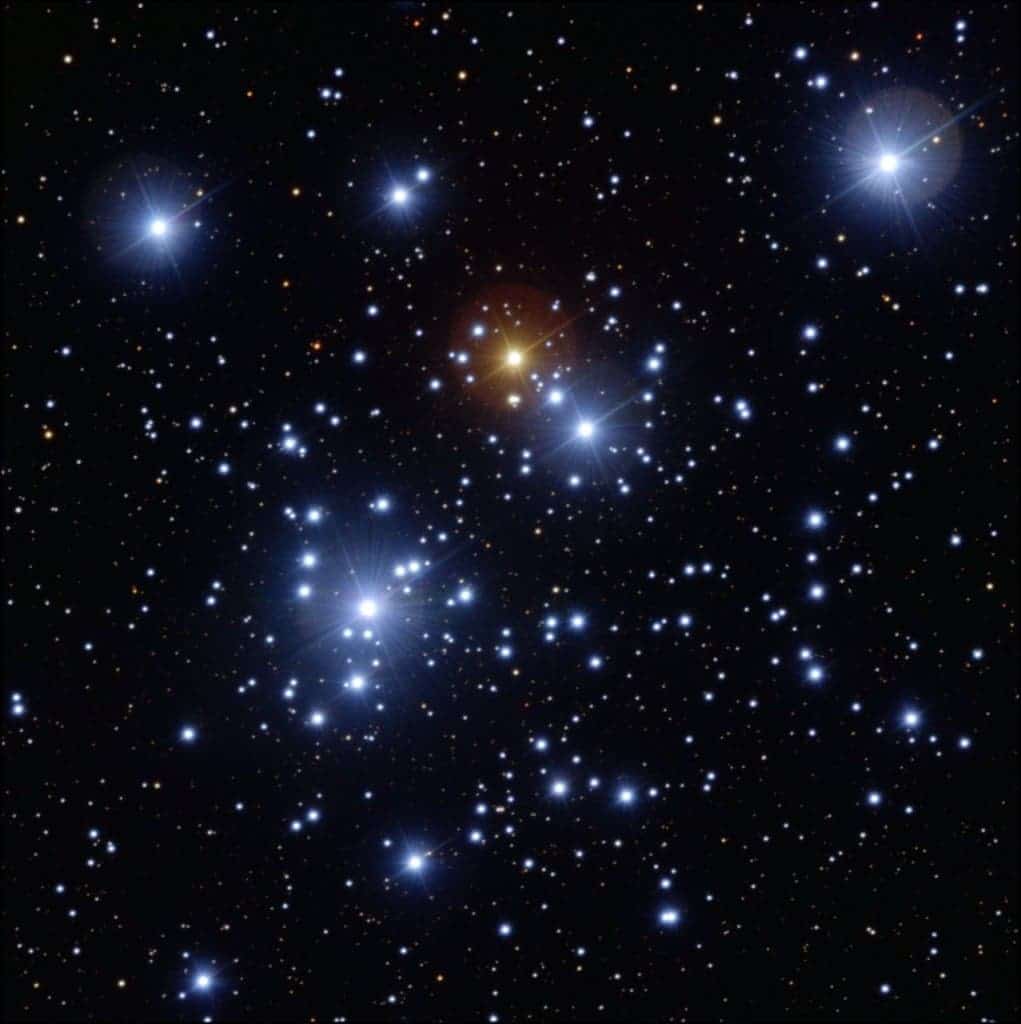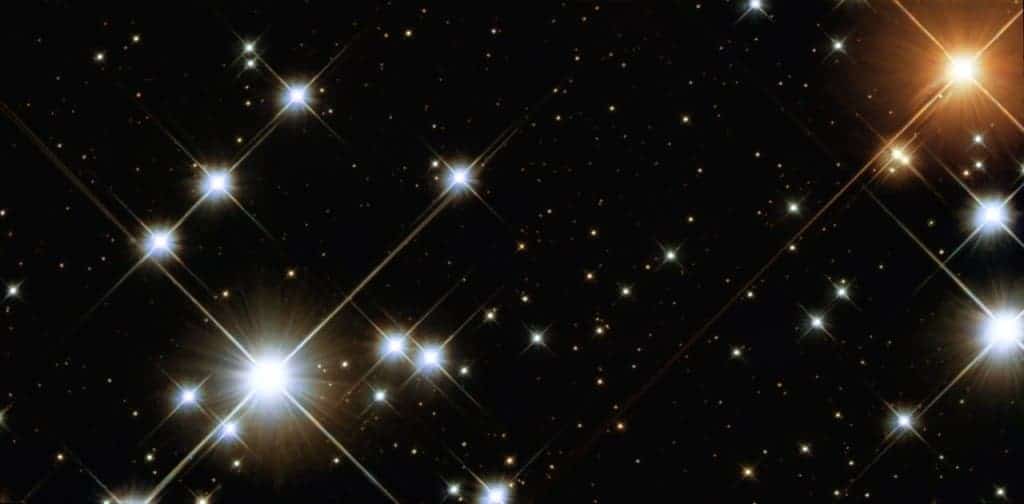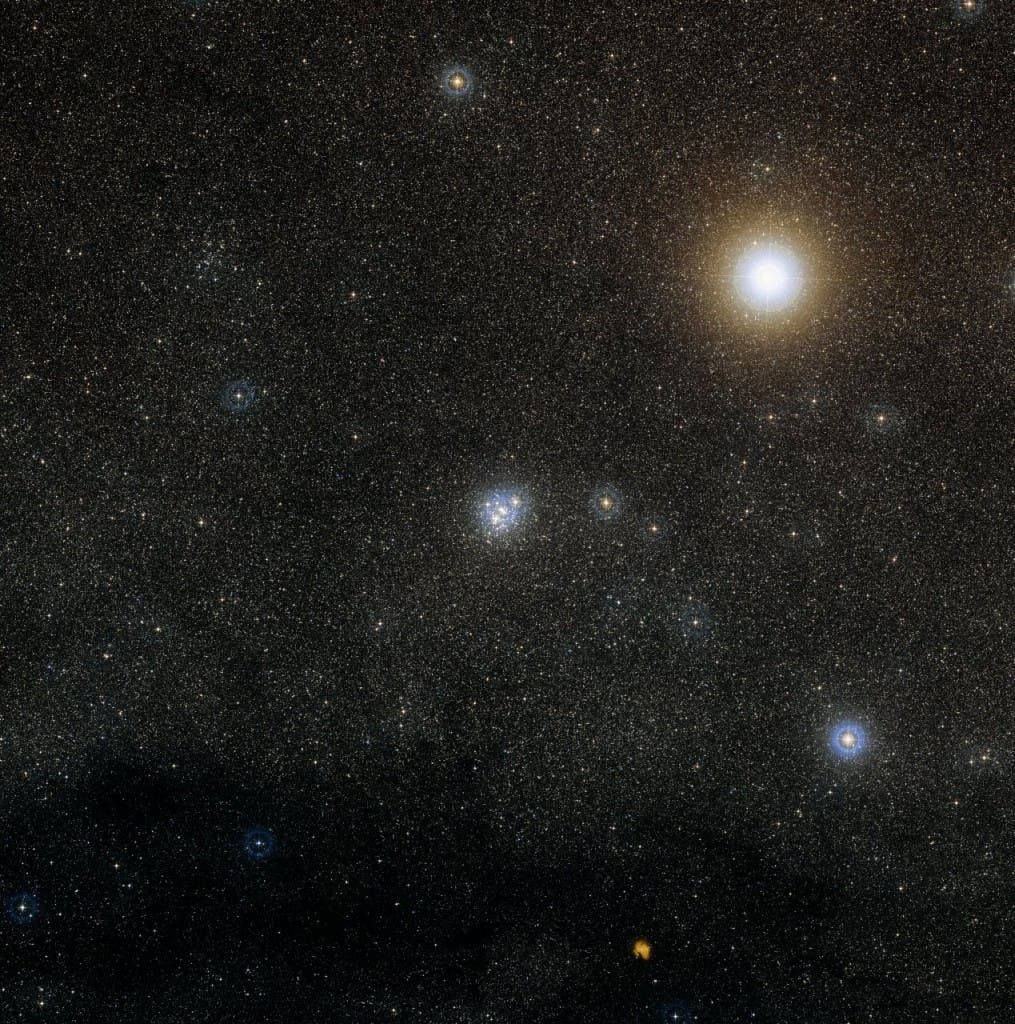
Star clusters are among the pretties things you can see, when it comes to astrophysical observations. Recently, ESO provided some amazing pictures of one of the most beautiful nestles ever to be seen, located deep in the constellation of Crux.

The cluster is named Kappa Crucis Cluster and has been nicknamed ‘the jewel box’ (by Herschel, in 1830), for reasons easy to understand – it’s bright enough to be seen even with the naked eye.
Such open clusters can have from a few to thousands of stars that are loosely bound together by their own combined gravity. They’re really important for studies, because they were formed from the same cloud of gas (which means they have pretty much the same age and chemistry).

The FORS1 instrument on the ESO Very Large Telescope means we can look at this cluster in a whole different way, at extreme image quality.
Despite the chemical and age resemblance, stars in the cluster are extremely varied; there are pale blue supergiant stars, a solitary ruby-red supergiant and numerous brightly colored stars, as well as some that are more faint.

The huge variety in colors results from the mass difference: there are stars that are smaller than half of the Sun, while some are 20 times bigger than our star



